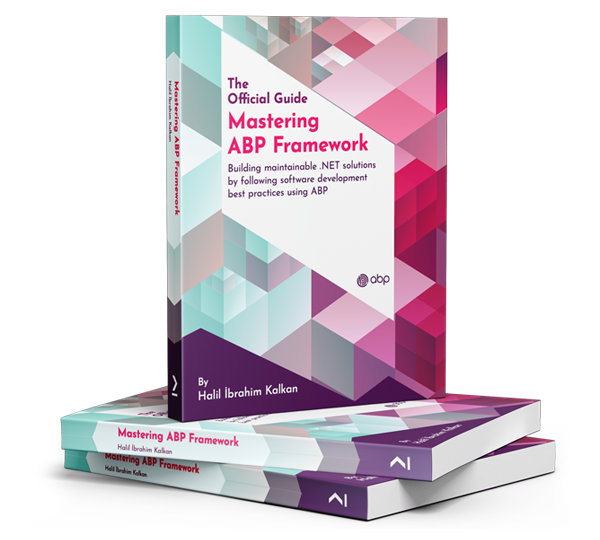Soon this will be only last thing with our Abp9 update. You provided way to fix one problem our self but when this update was coming SOON I decide that I will wait 9.3.7. And that solution would need tons of changes to replace all buttons with our override. So it would be really nice that you could release it as soon as possible. What is your current plan for it?
I noticed in github that 9.3 final has been closed already week ago but no release yet. https://github.com/abpframework/abp/milestone/128
When are you going to release it? I need this fix https://abp.io/support/questions/10081/Abp-button-is-not-working-inside-abp-modal-when-abp-modal-is-used-inside-non-standalone-component
Ok nice. I will close this then.
Can support team answer this and add it to your backlog if you are willing to make this change?
Is it possible to configure how angular proxies are generated? Now with newer angular versions it is preferred way to use inject() instead of constructor injection. So generate tool is still generating this to proxy services:
constructor(private restService: RestService) {}
Instead preferred way would be
private restService = inject(RestService);
If proxy generation is no possible to configure that way, could you update your abp-generate script to generate proxies with inject?
And I will once again tell you that this support form has weird question at end. "Tiered (MVC) or Auth Server Separated (Angular)" and only options is yes and no. What does yes mean? Does it mean MVC or Separated.
I'm at half way in switching to standalone. And I have switched one part where this problem exists and standalone change didn't fix my problem. So you managed to reproduce my problem? What was reason for the problem? Something related to stopPropagation? And what was changes that you need to made to get reproduce it? Just info if there is any other way to avoid it? What is difference with abpClick and normal click when used in abp-button? How soon are you going to release next patch for 9.3?
As I said in my initial message that I tried use click and it worked as it should. Currenlty I'm trying to migrate whole project to standalone structure. ng generate changed quite well but still lot of work.
Is your application module based from the beginning from main.ts?
There is already ThemeSharedModule in module where my component is declared. Do you have other idea how can I possible handle this without changing to standalone components?
I assume this problem is related to standalone change. My application is still using module based system. I have notice that all abp-buttons that are inside abp-modal are not working. There is no exception or error, click just doesn't work. I tested that if I changed abpClick to click it start to work but I assume that this is not inteded. Should abp-button inside abp-modal work with abpClick when used inside non-standalone component? Is there some service used inside abp-button or inside abp-modal that needs to be provided?

